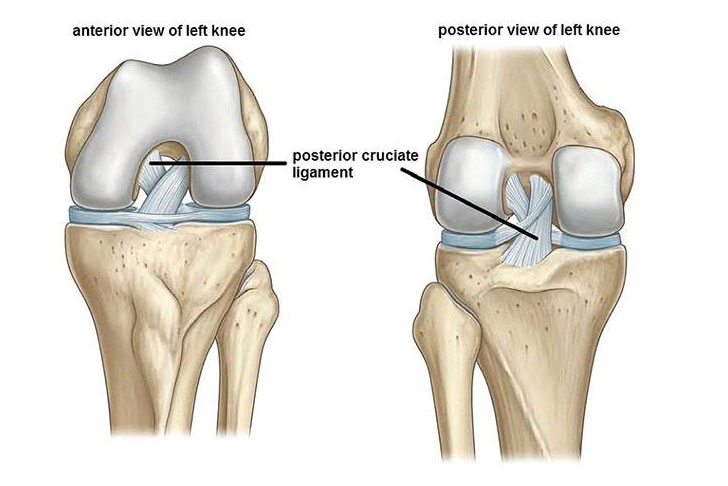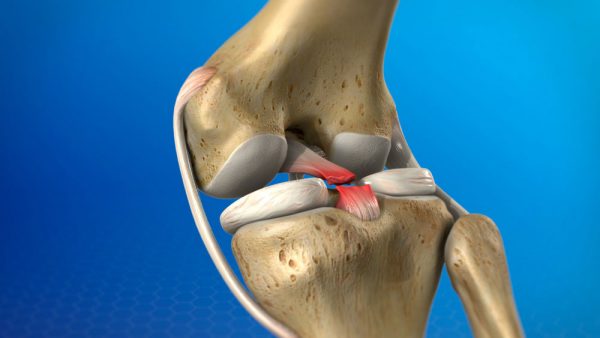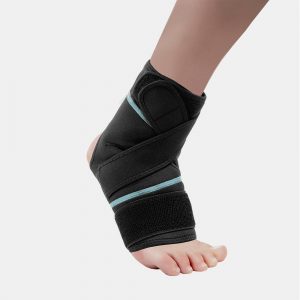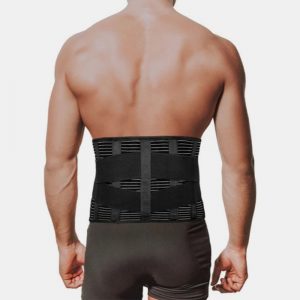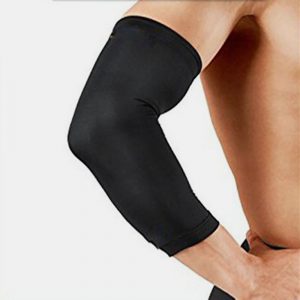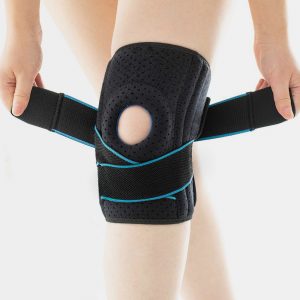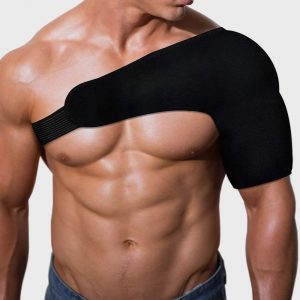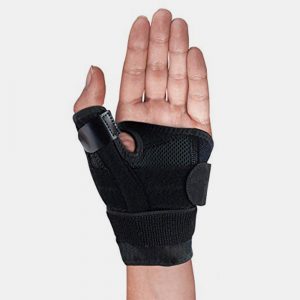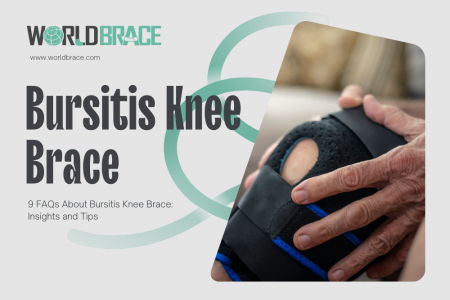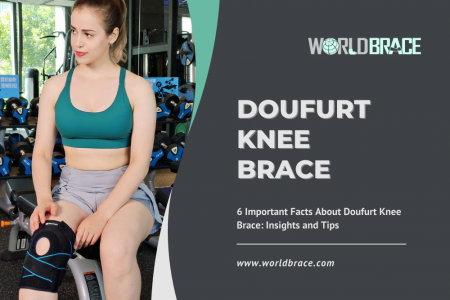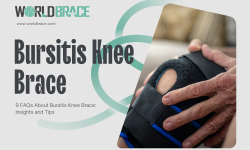
Table of Contents
What is PCL Tear?
The posterior cruciate ligament (PCL) is one of the four critical ligaments in the knee. It is located in the back of the knee and connects the femur (thigh bone) to the tibia (shin bone). The PCL helps stabilize the knee joint and keep it from hyperextending (straightening too much).
PCL tears are relatively rare, accounting for only 2-8% of all knee ligament injuries. They most commonly occur in athletes who participate in contact sports, such as football or hockey. PCL tears can also occur due to a direct blow to the knee, a fall onto the knee, or a car accident.
Sporting injuries like hyperextension and twisting can also cause a PCL tear.
A PCL tear may include pain and swelling in the knee, knee instability, and difficulty straightening the knee. A popping or snapping sound may be heard at the injury. The pain in the back of the knee is far worse and more severe. Pain in the front side may occur after a week or two of the injury. An MRI is typically used to confirm the diagnosis.
Why are ACL tears more common than PCL?
The ACL (Anterior Cruciate Ligament) and PCL (Posterior Cruciate Ligament) are two primary ligaments in the knee that work in unison to give stability. These sites are vulnerable to severe tears, particularly in athletes. Both ACL and PCL tears may appear to have similar symptoms in their early stages. The ligaments have distinct features that make these tears differ in treatment and the extent of the injury.
Usually, a sports mishap is involved in the ACL and PCL tears. A sudden stop or rapid change in direction can cause injury to the ACL. These movements are typical in sporting activities; therefore, an ACL tear is very high. On the other hand, PCL tears occur when the knee is bent during a fall or in a car accident. A severe blow to the shinbone can also cause PCL injury.
Most PCL tears can recover independently without surgery. However, the treatment for an ACL tear is far more extensive.
How to repair and prevent a PCL tear?
Treatment for a PCL tear may include PRICE (Protection, rest, ice, compression, elevation), physical therapy, and a knee brace. Surgery is rarely needed.
To prevent a PCL tear, it is essential to warm up before participating in any physical activity. Wearing proper shoes and using proper techniques can also help to avoid injury. Bracing and crutches are recommended in most cases that involve PCL tears.
What is the best knee brace for PCL Tear?
If your PCL suffered from an injury, it is essential to protect your knee joint with a knee brace. A knee brace will protect your ligaments as you return to your routine. In addition to providing extra support to your knee, a knee brace will also save you from reinjury. An excellent brace for the PCL tear is a high-quality knee brace by WorldBrace. WorldBrace knee braces provide adequate support and stability to your knee, speed up the recovery process, and minimize reinjury chances.
Posterior Sag Sign | Posterior Cruciate Ligament Tear
faq
Can you walk on a PCL Tear?
You may walk on a PCL tear, but it is essential to see a doctor. The PCL helps stabilize the knee, and a tear may result in knee instability. This can make it difficult to walk or put weight on the affected leg.
What does it feel like when you tear your PCL?
A PCL tear may cause pain and swelling in the knee. You may also hear a popping or snapping sound at the injury. The knee may feel unstable, and it may not be easy to straighten the leg.

